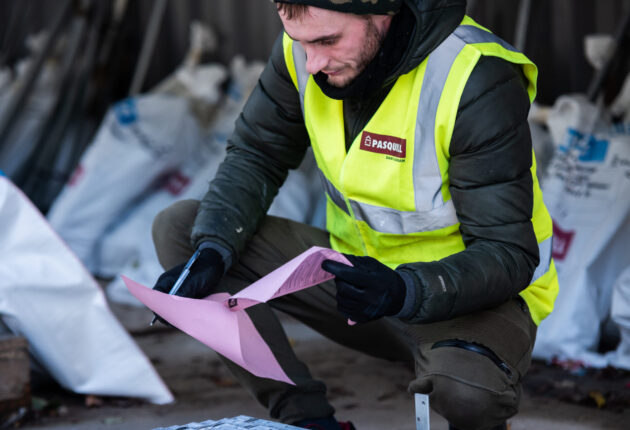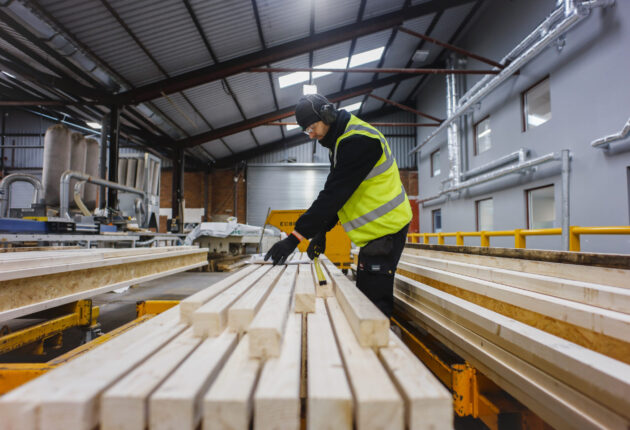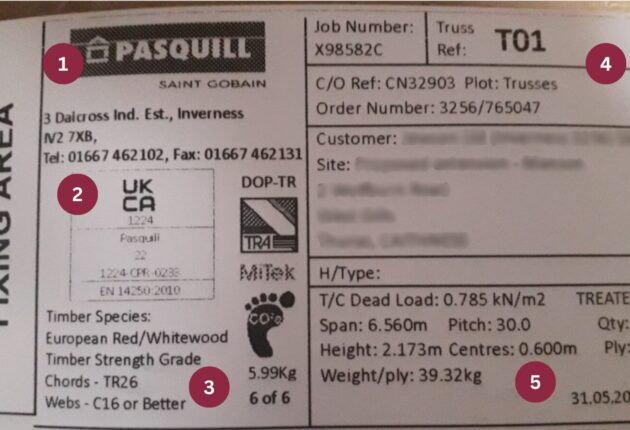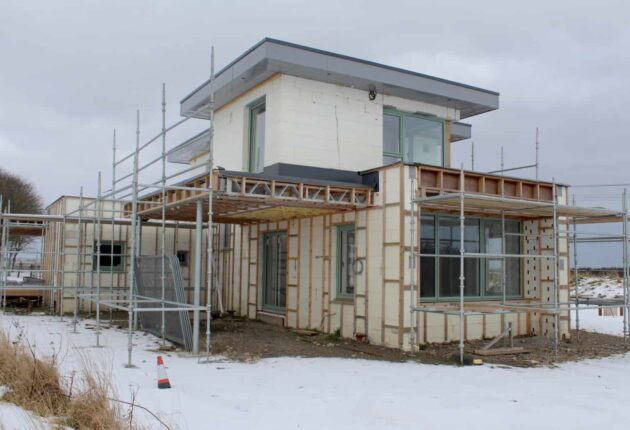Are Roof Trusses Eco-Friendly?
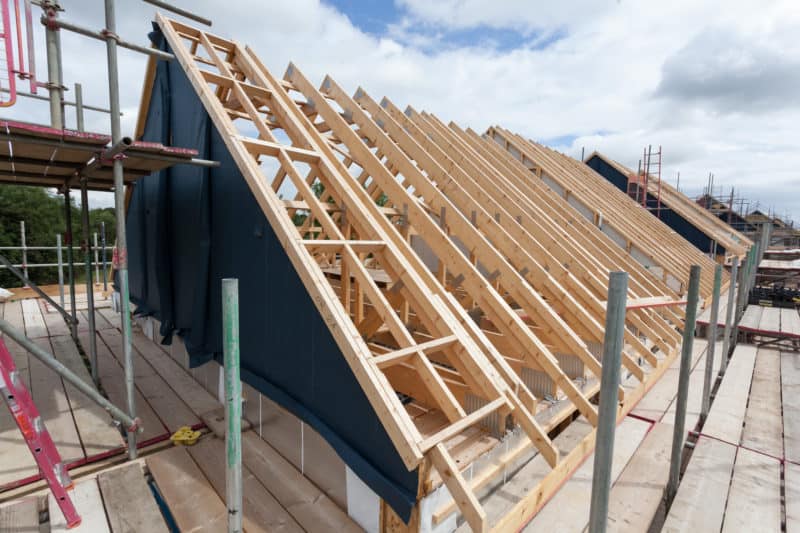
The trend of going green isn’t limited to beauty, food or fashion. More than ever, people are looking for ways of making all of life’s facets sustainable and kinder to the environment, housing included.
Sustainable Building Materials
In the last few years, the search for sustainable building materials has grown exponentially, with new ones such as cork and bamboo gaining popularity. Likewise, recycled and repurposed materials have been tried and tested and common ones, like timber and steel, have been thoroughly evaluated to find whether or not they can be produced with a lower environmental impact.
So, can roof trusses be environmentally sustainable? The short answer is yes, yes they can. To achieve this there are a number of practices that can be put in place, but the fundamental aspect lies in environmentally friendly timber.
What is Environmentally Friendly Timber?
Timber has the lowest environmental impact on its production and life cycle of all sustainable building materials, so long as it is sourced and produced sustainably.
Responsibly sourced timber plays a vital role as a sustainable building material, offering a viable, structural alternative to steel, concrete, or other building elements, or assembled solutions. Among other aspects, environmentally friendly timber acts as a carbon store during a building’s lifetime and is fully biodegradable at the end of its lifecycle.
One of the ways to make it easier to specify sustainable timber sourced and timber products is by having them with PEFC or FSC® certified timber chain of custody, meaning it comes from independently verified, legal and supporting sustainable forestry. This certification allows you to have the paperwork that proves the journey taken by timber from the forest to you. Pasquill already employs this practice in the timber and timber products they use in their truss, I-beam and Posi-joist manufacture.
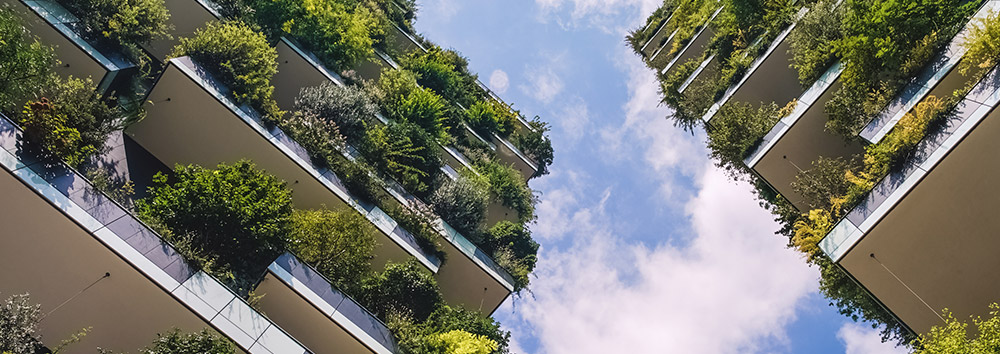
Sustainable Roof Solutions
There are several ways to reduce emissions in the built environment, namely by creating new buildings or retrofitting existing structures with low-carbon, renewable building materials. This is where sustainable timber comes into play.
To reduce carbon footprint and improve sustainability in roof solutions, there are a number of practices that can be adopted. Pasquill does so in various ways that can be easily replicated, for example, their products are manufactured with responsibly sourced timber, certified to quality assurance standards such as ISO14001, and carry Environmental Product Declarations (EPD’s) helping housebuilders score highly on the Home Quality Mark and BREEAM assessments. Besides this, all designs conform to, and reference standards outlined in Eurocode 5, the standard for structural timber. They are also fully compliant with the EU Timber Regulations to ensure that their timber products are from reputable, verified sources.
But there are many other ways of adopting more sustainable building materials. A green housebuilder, for example, has been backed by the Government to build the first net-zero house building project in Cambridgeshire. One of their strategies is building parts of their homes, such as roof solutions, away from construction sites and then transporting it there: this ensures less on-site waste and a more energy-efficient process.
So in short, yes, roof trusses can be environmentally-friendly, and so can other housing materials. For more information about Pasquill roof trusses, visit our Roof Solutions page or contact us for a quote today.

